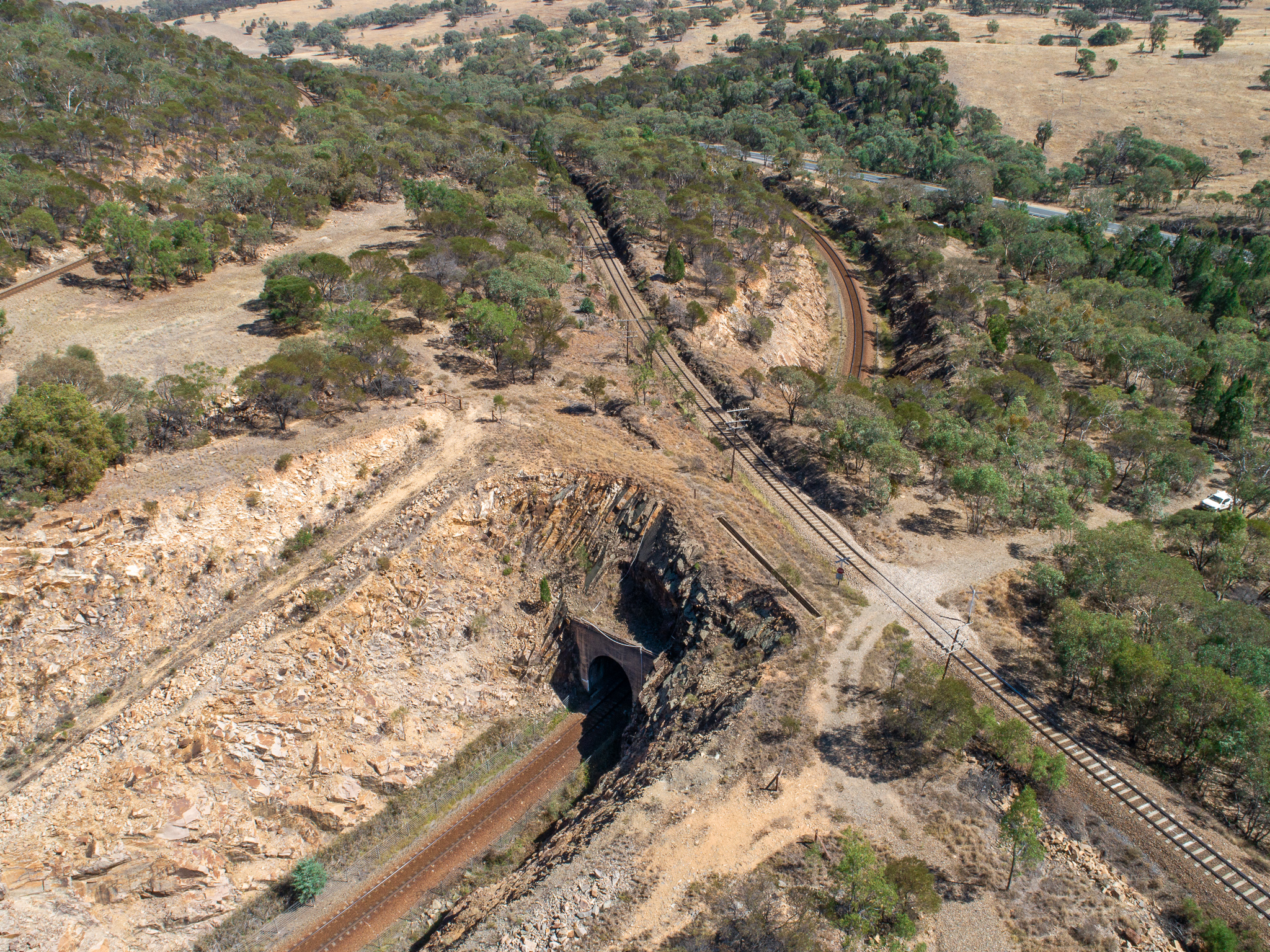 Martinus Rail has been awarded a AUD 403.5 million (USD 267.7 million) contract to design and construct enhancement works for Inland Rail Albury – Parkes section.
Martinus Rail has been awarded a AUD 403.5 million (USD 267.7 million) contract to design and construct enhancement works for Inland Rail Albury – Parkes section.
The section will be delivered in two major packages which includes commencement of site works between Stockinbingal and Parkes in August 2023 and the commencement of construction works on the Albury to Illabo section next year, pending final environmental and planning approvals.
The company will implement the works on 353 km of tracks of which 183 km between Albury and Illabo and 170 km between Stockinbingal and Parkes.
Martinus Rail has begun detailed design and planning works for both sections which will see the delivery of track upgrades, construction of new bridges and signalling upgrades along the rail corridor. In addition, station precincts in Albury, Wagga Wagga and Forbes will be enhanced and an additional crossing loop will be constructed at Daroobalgie.
For the section between Albury (at border) and Illabo in New South Wales, Inland Rail will benefit from track upgrades and modification works to be undertaken at locations to allow for safe clearance of double-stacked freight trains. On this section, works include enhancements to the rail tracks, footbridges and road bridges, overhead structures, signal structures and level crossings.
This Inland Rail section is already at the standard required to meet future operational demands, but enhancements and modifications are needed for the structures to allow double-stacked freight trains. In addition, some tracks at different locations will be moved to provide clearance between tracks and others will be lowered to provide clearance under some road bridges. In the first year of operation on Albury – Illabo section, near Albury, an additional two trains a day are expected, increasing from 12 to 14. A daily peak of 20 trains a day is forecast by 2040.
The track will enable the use of double-stacked, 1,800metre-long trains with a 21-tonne axle load at a maximum speed of 115km/h. In addition, if environmental assessment and approvals are obtained, the plans underline that future upgrades will be performed to accommodate 3,600metre-long trains.
Between Illabo and Stockinbingal, the project comprises the construction of 37 km of new track and upgrades on 2 km of existing track, called the Bethungra Spiral, on the Main South line. This section creates a new direct route from east of Illabo tracking north to Stockinbingal in New South Wales.
The Stockinbingal – Parkes section will be also upgraded to allow the operation of double-stacked trains and a new crossing loop will be built to increase capacity on the line. Along this 170.3 km line, enhancement and modification works are required to create height and width clearance to accommodate double-stacked freight trains. Planned works include the increasing vertical clearances on the Lachlan River rail bridge in Forbes, and under the Wyndham Avenue Road bridge, also in Forbes. Works also cover the construction of a new crossing loop north of the Daroobalgie Road level crossing.
Other clearance and safety works cover the modification of the railway station in Forbes and several existing crossing loops, structures and utilities along the line.
“We are delighted to bring Martinus Rail on board to conduct the enhancement works on the Stockinbingal to Parkes and Albury to Illabo sections of Inland Rail, an extremely important milestone for our project. Although we are still working on securing our final environmental approvals, we are very much looking forward to starting work on Stockinbingal to Parkes and bringing Inland Rail to life in these very important sections,” Melvyn Maylin, the Director of Programme Delivery for Inland Rail Albury – Parkes section.
The work for this section of Australia’s most important rail freight corridor is a key milestone towards Inland Rail being completed between Beveridge in Victoria and Parkes in New South Wales by 2027. The entire line from Albury to Parkes will accommodate double-stacked freight trains taking freight volumes off the road in more than 20 regional towns along with easing congestion on some of Australia’s busiest highways.
Due to its complexity, Inland Rail is split into 12 individual projects spanning 1,700 km from Melbourne to Brisbane efficiently connecting Victoria, New South Wales and Queensland. The works include the construction of new tracks and the upgrade of existing tracks.
Share on:



